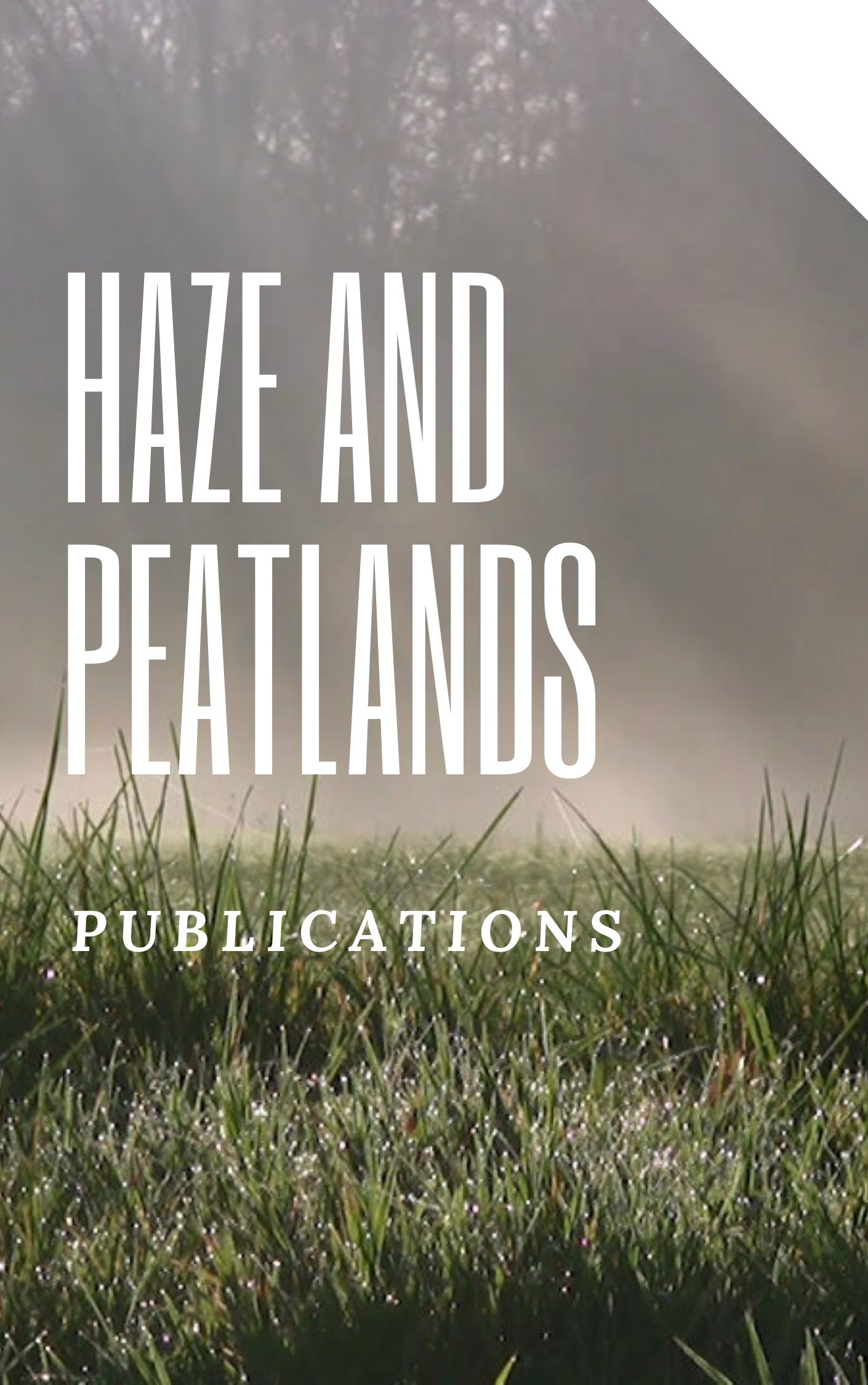Three examples are given to illustrate how a better understanding of below-ground interactions is vital if some of the major integrated natural resource management problems are to be solved. The first case is Lake Victoria, surrounded by Kenya, Uganda and Tanzania. Two major human interventions are the main causes of ecological problems of the lake: (i) introduction of the Nile perch, which altered the structure of the food web; and (ii) an increase in nutrient flows into the lake from the surrounding catchments. The challenges and opportunities for the management of the lake basin are given. The second example is the Sumberjaya benchmark for watershed function conflicts (introducing trees into the coffee gardens) in the island of Sumatra, Indonesia. The main opportunity Sumberjaya currently offers is that of learning from the process of negotiating land use rights within the protection forest domain. The third example focuses on the alternatives to slash-and-burn in the Western Amazon Basin and the ecological problems associated with land use intensification. Understanding the root causes of land use problems and the different ways they are perceived by different farmers, as well as by other local stakeholders, is essential for the development and introduction of sustainable solutions.
Keyword(s)
agroforestry, conflict, environmental impact, eutrophication, human activity, intensification, land use, landscape, resource management, shifting cultivation, sustainability, tropics, watershed management, watersheds, Africa, Brazil, Indonesia, Latin America, Developing Countries, America, South America, Threshold Countries, APEC countries, ASEAN Countries, South East Asia, Asia, agriforestry, agro-forestry, bush fallowing, catchment areas, environmental effects, slash and burn, swidden agriculture, tropical countries, tropical zones, Plant Cropping Systems (FF150), Agroforestry and Multipurpose Trees, Community, Farm and Social Forestry (KK600), Water Resources (PP200), Land Resources (PP300), Pollution and Degradation (PP600), Community Participation and Development (UU450) (New March 2000), Conflict (UU495) (New March 2000)

